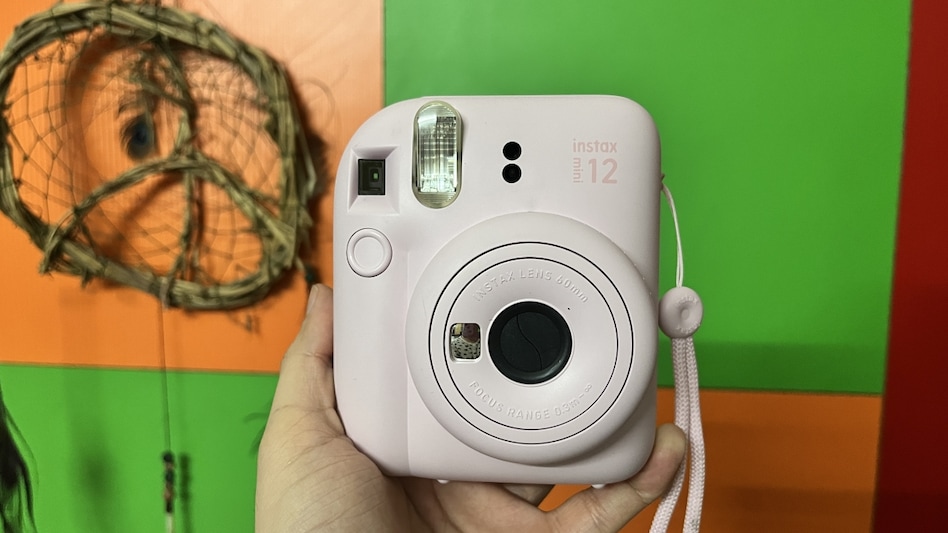 Fujifilm Instax Mini 12
Fujifilm Instax Mini 12
 Fujifilm Instax Mini 12
Fujifilm Instax Mini 12In an era of digital technology, my fondness for the tangible often reveals my age. Nowhere is this sentiment stronger than in the realm of photography. I find immense joy in photo prints, photo books, and the charm of instant images, such as Fujifilm's Instax prints. Fortunately, Fujifilm emerged as a saviour when Polaroid faltered during the advent of the digital age, rescuing instant film and preserving its allure.
Over the years, Fujifilm has introduced a captivating range of Instax cameras and printers, and I must confess, I have fallen for almost all of them. The newest addition to this delightful realm is the Instax Mini 12, which I consider to be the most affordable and enjoyable camera for anyone venturing into the world of Instax.
Replacing its predecessor, the Mini 11, the Mini 12 introduces a few small but significant changes. The first notable improvement is the inclusion of parallax correction in close-up mode. By simply twisting the lens to zoom in, users can now see the precise framing of their close-up subjects without any guesswork. This enhancement eradicates the frustration of poorly framed close-ups, a flaw that occasionally plagued the Mini 11.
Another feature I appreciate in the Mini 12 is the new twist lens. It serves a dual purpose, facilitating entry into close-up mode and powering on the camera. Admittedly, I had to consult the manual initially to grasp this functionality, having pressed the shutter button in countless different ways. However, once I understood its operation, I grew to appreciate a design that virtually eliminates accidental power-on incidents.
Further enhancements include an automatic flash control system that detects ambient brightness levels and activates the flash only when necessary. This marks an improvement over the Mini 11, which used the flash for every photo. Admittedly, the Mini 12's flash fired more frequently than I would have preferred, but perhaps my desire for a superior low-light Instax camera is merely a dream. Nevertheless, the Mini 12 unquestionably excels in flash management.
Certain aspects remain unchanged, such as the 2-element plastic lens (60-mm f/12 equivalent) and the absence of manual focus. The camera operates entirely on auto-exposure, adhering to a motto of simplicity. The inclusion of a small mirror on the front continues to facilitate selfie framing.
Swipe to see some sample prints
Although I find the Instax 12's appearance less appealing, resembling the Mini 11 with its Questlove-inspired fluffy cloud aesthetics, I understand Fujifilm's intention. This design imparts a friendly and approachable aura, emphasising the camera's ease and enjoyment. However, for those like me yearning for a more traditional camera-like appearance, the Instax Mini 40 or even the Mini 90 offer alternative choices.
To complement the Mini 12, Fujifilm has launched a new app called Instax Up, available for free. Its key feature involves "scanning" (essentially photographing) Instax prints, enabling users to store and share them online. If you possess photos in other Instax apps, Instax Up allows you to import them, consolidating everything in one place.
Once an image is within the app, users can employ simple controls to edit it, add notes, and even geotag it using a map. Accumulating a substantial collection of scans enables filtering and searching based on Instax film type, scan date, or tags assigned. Additionally, images can be shared with other apps on your phone.
The FujiFilm Instax Mini 12 is currently available at Rs 7,499 in five fun colours - Pastel Blue, Mint Green, Blossom Pink, Lilac Purple and Clay White.
For Unparalleled coverage of India's Businesses and Economy – Subscribe to Business Today Magazine